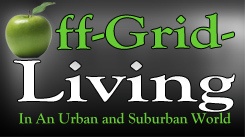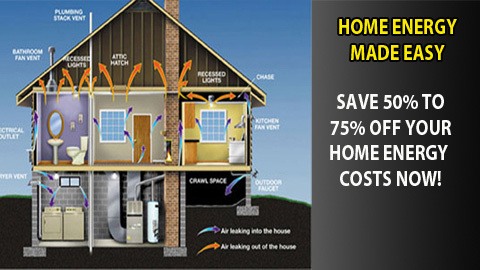
“Sometimes it seems as if there are more solutions than problems. On closer scrutiny, it turns out that many of today's problems are a result of yesterday's solutions. ”
Thomas Sowell

Small adjustments to your energy consumption will allow you to save not only money, but the environment as well. There are many things you can do to help keep your energy bills low. Our top 5 energy efficiency solutions include some simple tips to help you save energy year-round, and most won't cost you an arm and a leg.
Top 5 Energy Efficiency Solutions to Consider
Energy Efficiency Washers
Clothes washers that are Energy Star-certified are proven to use 25% less energy and 33% less water than unrated models. This translates to superior efficiency and performance.
Washing clothes is a necessary chore that most households perform at least on a weekly basis. It’s an energy-intensive one too, especially if you use warm water. In fact, the majority of the energy used during the washing process is used to heat the water.
There are many possible economic benefits to using cold water aside from being one of the top energy efficient solutions. For one, consumers can potentially save more than $50 a year by reducing the temperature of their washing water by 15 degrees. There are even reports that washing in cold water can increase the lifespan of your clothes without the damaging heat.
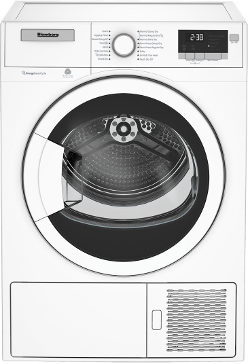
TV Energy Efficiency
Choosing energy-efficient TVs can help you save energy. Like many other people, you probably spend lots of time in front of a TV screen daily. Some people watch television to provide background noise. Others have it on mute at work in order to catch the headlines as they pass by throughout the day. However, TVs can consume a significant amount of electricity even when turned off, so changing your TV habits can be one of your energy efficient solutions.
Following are some tips for more efficient TV consumption:
When not in use, unplug your television.
Do not use your television as a source of background noise. A radio consumes less power. Turning it off can reduce usage, or better yet, disconnecting your set from the socket can eliminate phantom energy usage. Connecting your television to a power strip is a more convenient option than removing the plug from the wall.
Reduce the brightness of your TV screen.
Lowering your screen's power consumption has a significant impact on power consumption. When you lower the brightness, you use less energy.
Make use of the sleep timer feature.
When you haven't interacted with your set in a while, the sleep timer detects this and turns it off. If you forget and leave your television on, this feature prevents you from wasting hours of energy.
Adjust the screen contrast.
Power consumption can also be influenced by contrast. You can program your TV to turn off pixels when they display "black," which improves the depth of your TV's picture while saving energy.
Make use of the standby mode.
This feature, like the sleep mode, detects when you haven't interacted with your TV and enters a power-down state for a period of time before eventually powering off.
Set your television to energy-saving mode.
Using the energy saving mode on your TV allows it to automatically adjust screen brightness and contrast to save power.
When possible, disable the display.
You don't need to turn on the screen if you're just using it for background noise. Turning off the television and listening to your favorite shows can help you save money.
Automate your television.
It makes sense to automate appliances that eat up the most electricity, such as your television.
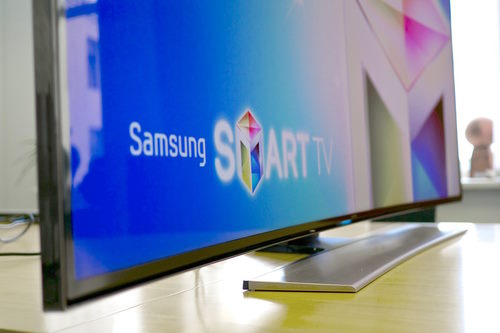
Energy Efficient Light Bulbs
Traditional types of incandescent light bulbs use a lot of energy, and need to be replaced more frequently than energy-efficient alternatives. Compact fluorescent lights (CFLs), light-emitting diode bulbs (LEDs), and halogen incandescent bulbs use 25-80% less electricity and has 3 to 25 times longer life than standard bulbs.
Although energy-efficient bulbs are initially more expensive to purchase, their efficient energy use and longer lifetimes mean that they are less expensive over the long term.
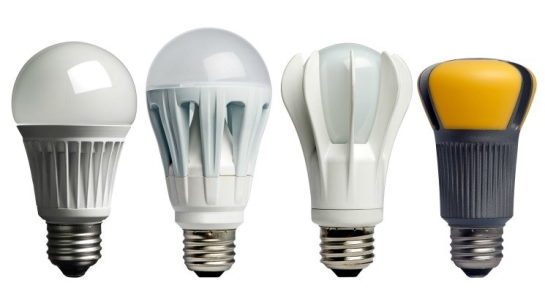
Skylights Energy Efficiency
Skylights, contrary to popular belief, can reduce your home's energy efficiency by trapping heat in the summer and letting in more cold air in the winter. Truth is, when properly installed, skylights can help you save significantly on energy consumption such as lighting, heating, and cooling.
Skylights are an energy efficient solution all year, in addition to improving the appearance and quality of light in your home. They can help to light and heat your home during the winter, as well as keep it cool during the summer. To reap these benefits, you must carefully select and properly install your windows.
Skylight grievances are typically the result of improper installation or window selection. If you install the wrong type of window in the wrong place, you may be disappointed with the results. Choosing a window with a high solar heat gain, for example, will keep you warm in the winter but may trap heat in the summer. Skylights strategically placed on your home will help you avoid this problem, and keep you comfortable all year.
Furthermore, if your window is not properly installed, it may have water or air leakage that can lead to damage and discomfort. This problem could be solved with the assistance of a professional. If you are unsure whether you can do it yourself, it is always preferable to work with professionals. They can advise you on which skylights to install and where to place them, as well as provide you with a beautiful and valuable energy-saving solution.

Energy Efficiency Window Treatment
Windows are a major source of energy wastage, accounting for 10-25% of your entire heating bill. Replace your single-pane windows with two-pane models to prevent heat loss.
Gas-filled windows with "low-e" coatings can significantly reduce heating costs in colder climates. Furthermore, interior or exterior storm windows can cut unnecessary heat loss by 10 to 20%. If your area is prone to severe weather, you should pay special attention to storm windows.
Heat gained from windows may be a concern in warmer climates. Low-e coatings on windows can reduce heat gain as well as heat loss by reflecting more light and lowering the amount of thermal energy that enters your home.
Energy Star windows can save you $20-$95 per year on your utility bills, depending on where you live. Window shades, shutters, screens, and awnings can also add an extra layer of insulation between your home and the elements, resulting in even more energy savings.
Conclusion
There are 100's of low cost ways to save energy and drastically lower your utility bills. If you're serious about energy efficient solutions and saving money this course might be for you. Try it for free.

Solar Hot Water Collector: The Best Guide to Building and Installing a Solar Hot Water System
Hello there, fellow solar enthusiasts! It’s great to be talking with you

Hybrid Solar Wind Power Generation System: Best Comprehensive Guide to Building Your Own Renewable Energy Solution
Hello there! If you are looking for an alternative energy source that

Solar Heating System: Best Comprehensive Guide to Building and Installing a Solar Heating System
As a solar heating system expert, I have seen firsthand how this

Solar Cooling: How to Keep Your Home Cool with Solar Energy?
Hey there, folks! As a solar cooling consultant with years of experience

Stand Alone Solar Power System: How to Build an Off-Grid Solar Power System for Your Home?
As the demand for sustainable energy solutions increases, stand alone solar power

Solar Heating Systems: The Different Types and Benefits Of Solar Heating Systems
As a solar heating systems expert, I know that these innovative technologies
